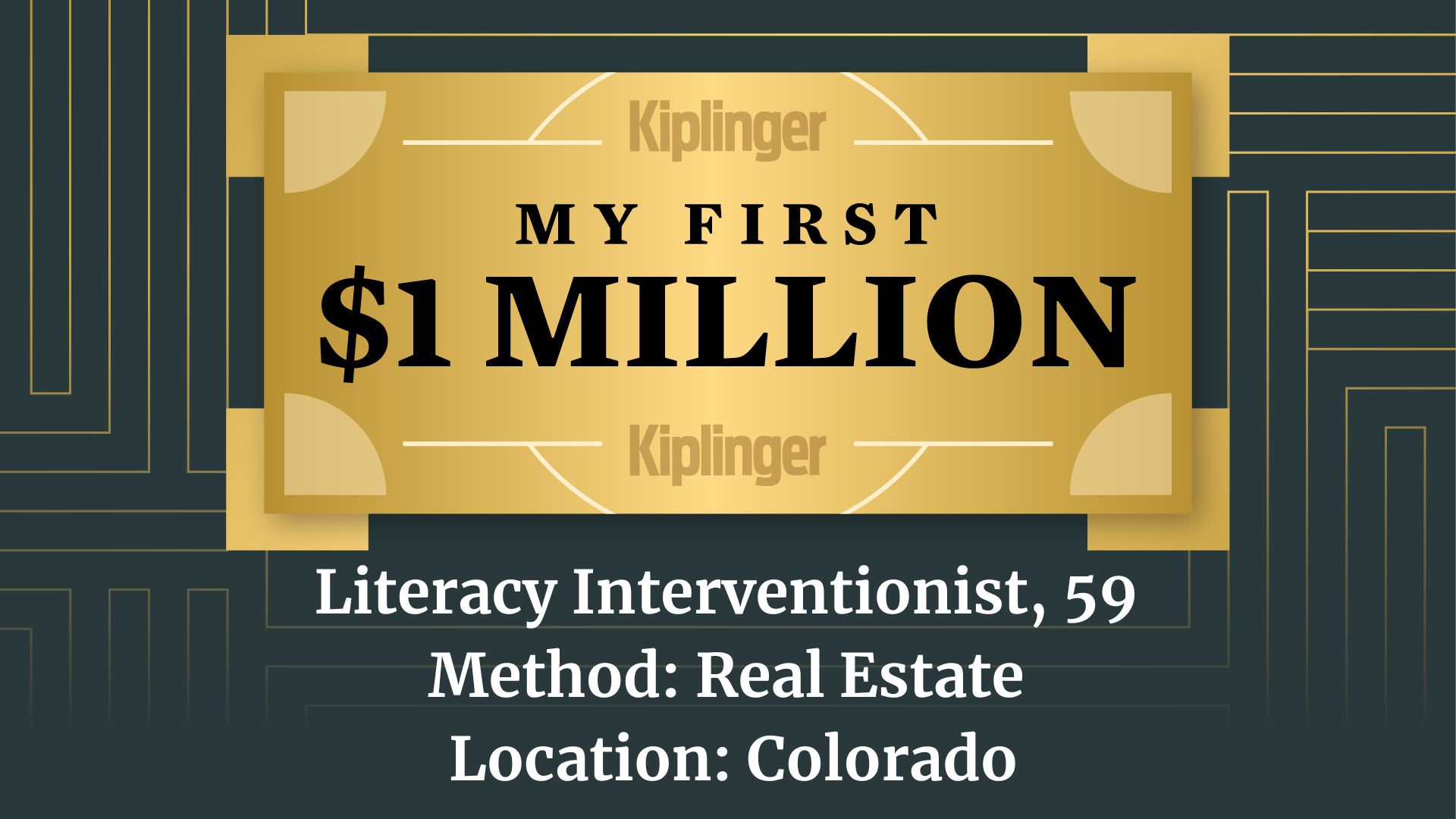How Technology and Agile Are Reshaping Customer Experience in Financial Services
The future of financial services will be shaped by the integration of AI and Agile practices.


The fintech revolution is transforming the banking and financial sectors through AI, Agile methodologies and embedded finance. This transformation is significantly enhancing customer experience (CX), while also boosting operational efficiency and fostering innovation across the financial services industry.
The rise of fintech investments
In recent years, there has been a significant increase in fintech investments, fueled by the potential of AI and Agile practices to transform financial services. The global market for AI in fintech is currently just over $44 billion and forecast to reach almost $51 billion in 2029.
The global financial services sector holds a significant weight in the S&P 500, with financials accounting for 13.12% of the index, as of April. Major players such as JPMorgan Chase, Mastercard and Berkshire Hathaway illustrate the sector's substantial market influence. McKinsey's analysis reveals that between 2017 and 2022, payment providers and investment banks significantly increased their earnings per share, underscoring the value creation and total return to shareholders in the fintech space.

Sign up for Kiplinger’s Free E-Newsletters
Profit and prosper with the best of expert advice on investing, taxes, retirement, personal finance and more - straight to your e-mail.
Profit and prosper with the best of expert advice - straight to your e-mail.
Financial institutions are investing heavily in AI to improve CX and streamline operations. These innovations include digital payments, automated billing and seamless CRM integration.
Leveraging AI for enhanced CX
AI is a key component of modern fintech strategy, allowing financial institutions to provide tailored and efficient services. According to McKinsey, "AI high performers," organizations that derive significant value from AI, are integrating AI across various business functions, including product development and risk management.
AI applications in fintech include chatbots, biometric verification and automated self-service portals, all aimed at elevating customer experience. For example, AI-driven chatbots provide 24/7 support, resolving simple queries instantly and routing complex issues to human agents. This enhances CX and also boosts operational efficiency.
Driving transformation with Agile practices
Agile methodologies are critical in enabling financial institutions to respond swiftly to market changes and customer needs. By adopting Agile practices such as Scrum, Kanban and the Scaled Agile Framework (SAFe), banks can deliver incrementally and iteratively, which accelerates the product development life cycle. This is particularly effective in large-scale enterprise transformations.
How to pursue Agile transformation
1. Assess your organization's Agile maturity. Conduct regular assessments to identify gaps in Agile practices. Consider evaluation factors such as responsiveness to change, Agile tools/practices followed and iterative delivery.
2. Create Agile coaching and training programs. Implement tailored coaching to upskill your teams in frameworks such as SAFe, Scrum and the Spotify model. At TCS, we designed Living Agile, a work methodology to help employees embrace Agile as a lifestyle. This approach involves short, experiential mini-projects that can last up to three days. Agile coaches help groups of learners break down real-world problems and work in sprints as Scrum teams to achieve their goals.
3. Pilot your program. Identify pilot teams to implement Agile practices and then scale programs across your enterprise.
4. Measure your efforts. To gauge the effectiveness of your efforts, establish KPIs to measure the success of Agile initiatives. These may include mean time to recovery, mean time to market, customer satisfaction scores, user engagement and employee engagement, and flow efficiency.
Creating an Agile center of excellence
An Agile center of excellence (CoE) plays a crucial role in transforming teams to an Agile way of working, focusing on enhancing customer satisfaction and employee experience. Creating a CoE can help guide your teams and projects.
In my own experience, establishing a CoE in TCS Guadalajara has been instrumental. We focused on empowering our workforce, work centers and services to enable agility. The CoE improved our organizational efficiency and sped time to market. We delivered 80% of business requirements at 20% less cost, with high customer satisfaction.
Benefits of investing in CX
Investing in customer experience has various advantages, including the potential for enhanced customer loyalty, more revenue and a stronger competitive position. According to McKinsey, banks that prioritize CX transformation may find improved customer lifetime revenue and increased upsell and cross-sell potential. Furthermore, Agile and AI-driven CX strategies allow banks to anticipate consumer demands and provide personalized solutions.
The global financial services sector is expected to continue growing from emerging markets such as India, which is projected to grow 6.3% in 2024.
Focusing on CX can help financial institutions maintain a competitive edge in this evolving landscape.
Integrating embedded finance
Embedded finance integrates financial services such as payments, lending and insurance into non-financial platforms. By embedding financial services directly into platforms consumers use daily, such as retail apps and online marketplaces, businesses can offer seamless and personalized financial services elevating CX and making financial services more accessible and efficient. It drives significant value for both consumers and businesses, ultimately leading to increased revenue and stronger customer relationships.
Challenges and future outlook
While the benefits of integrating AI, Agile methodologies and embedded finance are clear, financial institutions face challenges in scaling AI and Agile initiatives. Key issues include data security, regulatory compliance and the need for robust infrastructure to support these advanced technologies.
AI and Agile methodologies also pose a challenge in maintaining the human touch essential to client relationships in financial services. According to Deloitte, "The most successful CX leaders will likely be those who can use AI to enhance a human-centered customer experience." This involves equipping client-facing professionals with data to provide more human interactions, personalizing service interactions and being transparent with clients about AI use.
Despite these challenges, the future of financial services will be shaped by the integration of AI and Agile practices, driving unprecedented levels of innovation and customer satisfaction. As digital transformation continues to evolve, AI and Agile methodologies will remain at the forefront of strategic priorities for financial services leaders in 2024 and beyond, enabling them to meet evolving customer expectations and maintain a competitive edge in the market.
Related Content
- Where AI Can Save Businesses the Most Money
- From Chatbots to Audits: How the IRS Will Use AI This Tax Season
- Can Stocks Picked by Artificial Intelligence Beat the Market? 3 Stocks to Watch
- Should You Take Financial Planning Advice From AI?
Disclaimer
The information provided here is not investment, tax or financial advice. You should consult with a licensed professional for advice concerning your specific situation.
Get Kiplinger Today newsletter — free
Profit and prosper with the best of Kiplinger's advice on investing, taxes, retirement, personal finance and much more. Delivered daily. Enter your email in the box and click Sign Me Up.

Jabin Geevarghese George is a Global Enterprise Applications & Transformation Leader at TCS and an expert in Modernization, Agile & AI. Specializing in the seamless integration of technology within financial services, Jabin drives major fintech innovations and strategic transformations that redefine industry standards. His extensive expertise in enterprise architecture, systems modernization, agile methodologies and AI-driven projects enables him to enhance financial operations significantly, particularly for Fortune 500 clients.
-
 How This Literacy Interventionist Made $1 Million
How This Literacy Interventionist Made $1 MillionEver wonder how someone who's made a million dollars or more did it? Kiplinger's new My First $1 Million series uncovers the answers.
By Joyce Lamb
-
 Will My Children Inherit Too Much?
Will My Children Inherit Too Much?If you worry about how your children will handle an inheritance, you're not alone. Luckily, you have options — from lifetime gifting to trusts — that can help.
By Mallon FitzPatrick, CFP®, AEP®, CLU®
-
 AI Heads to Washington
AI Heads to WashingtonThe Kiplinger Letter There’s big opportunity for AI tools that analyze MRIs and other medical images. But also big challenges that clinicians and companies will have to overcome.
By John Miley
-
 10 Major AI Companies You Should Know
10 Major AI Companies You Should KnowThese 10 AI companies are at the forefront of machine learning. Find out how they’re driving innovation and jostling to be the biggest players in the game.
By Tom Taulli
-
 The AI Doctor Coming to Read Your Test Results
The AI Doctor Coming to Read Your Test ResultsThe Kiplinger Letter There’s big opportunity for AI tools that analyze CAT scans, MRIs and other medical images. But there are also big challenges that human clinicians and tech companies will have to overcome.
By John Miley
-
 The New Space Age Takes Off
The New Space Age Takes OffThe Kiplinger Letter From fast broadband to SOS texting, space has never been more embedded in peoples’ lives. The future is even more exciting for rockets, satellites and emerging space tech.
By John Miley
-
 Machine Learning in Finance: Real-World Applications and Challenges
Machine Learning in Finance: Real-World Applications and ChallengesControlling machine learning in a finance environment requires stakeholders' commitment to creating a strong ethical foundation.
By Clay Bethune
-
 Rising AI Demand Stokes Undersea Investments
Rising AI Demand Stokes Undersea InvestmentsThe Kiplinger Letter As demand soars for AI, there’s a need to transport huge amounts of data across oceans. Tech giants have big plans for new submarine cables, including the longest ever.
By John Miley
-
 How Emerging Technologies May Influence the Future of Capital Markets
How Emerging Technologies May Influence the Future of Capital MarketsUpdating legacy systems with next-generation AI can enable fully automated trading, risk assessment and liquidity optimization.
By Jabin Geevarghese George
-
 The Explosion of New AI Tools
The Explosion of New AI ToolsThe Kiplinger Letter Workers and consumers soon won’t be able to escape generative AI. Does that mean societal disruption and productivity gains are right around the corner?
By John Miley